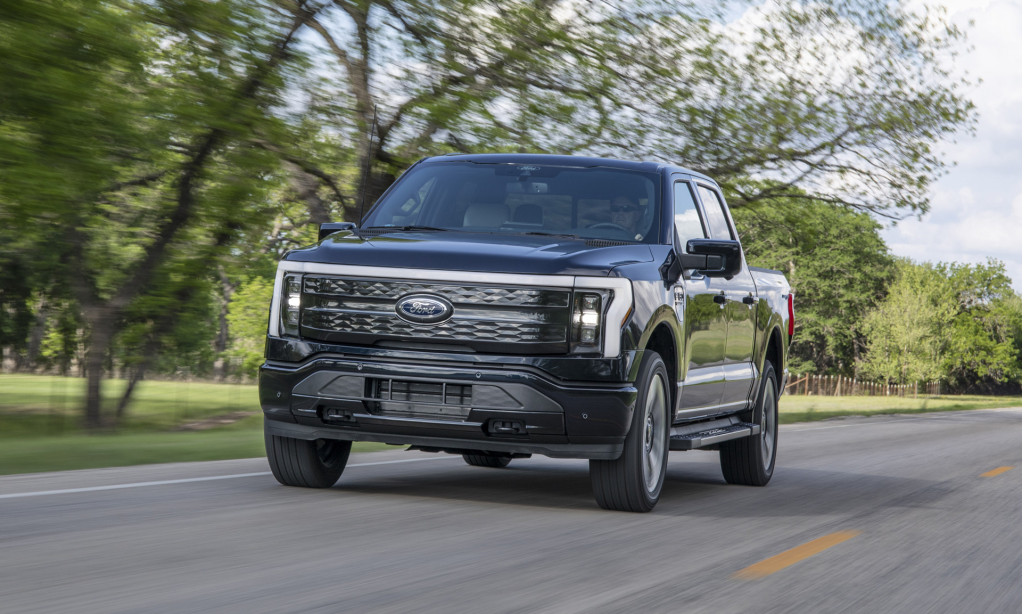Ford CEO Jim Farley confirmed via Twitter on Tuesday that the automaker would include AM radio on all 2024 models, reversing a policy Ford previously indicated was a byproduct of EVs.
Ford removed AM radio from the Mustang Mach-E and F-150 Lightning after data collected from the vehicles showed that fewer than 5% of customers listened to it, a spokesperson told the Associated Press, adding that “electrical interference and reducing cost and manufacturing complexity also played a role.”
However, after a bipartisan group of lawmakers introduced a bill in Congress calling on the National Highway Traffic Safety Administration (NHTSA) to require AM radio in all new vehicles as standard equipment, Farley confirmed the return of AM radio to all Ford models.
After speaking with policy leaders about the importance of AM broadcast radio as a part of the emergency alert system, we’ve decided to include it on all 2024 @Ford & @LincolnMotorCo vehicles. For any owners of Ford EVs without AM broadcast capability, we’ll offer a software…
— Jim Farley (@jimfarley98) May 23, 2023
“After speaking with policy leaders about the importance of AM broadcast radio as a part of the emergency alert system, we’ve decided to include it on all 2024 Ford and Lincoln vehicles,” the Ford CEO tweeted. Owners of Ford EVs without AM radio compatibility can have it added via software update, he said, noting that AM radio content is also available in Ford vehicles via other methods like streaming.
In addition to the emergency-alert factor, which was cited by members of Congress supporting the bill, the National Hispanic Media Coalition (NHMC) sees the potential loss of AM radio in new cars as a cultural equality issue.
“AM radio is a conduit for diversity and a gateway for equal representation,” NHMC president Brenda Victoria Castillo said in a statement published last week. “We are, therefore, in full agreement with our lawmakers in urging automakers to reconsider the removal of AM radio receivers from their vehicles.”

2022 Ford F-150 Lightning
Volkswagen, Volvo, Polestar, and Tesla have already barreled ahead and removed terrestrial (non-data-dependent) AM radio from their vehicles. Earlier versions of the Tesla Model S had it, as did the VW e-Golf, but VW decided to remove it starting with the following generation of ID electric cars—including the ID.4 billed by the automaker as its first high-volume EV for the U.S.
Among other EV makers, Nissan has remained consistent with AM radio. Nissan Leafs have never had an issue with it, and the Nissan Ariya still has it.
It’s also possible to test for the kind of electrical interference that allegedly played a role in Ford’s decision to drop AM radio from EVs. Rimac showed us how in 2020, as it prepared its Nevera electric supercar (previously known as the C_Two) for production. Testing for electromagnetic emissions was required by European regulations, the company said at the time.








